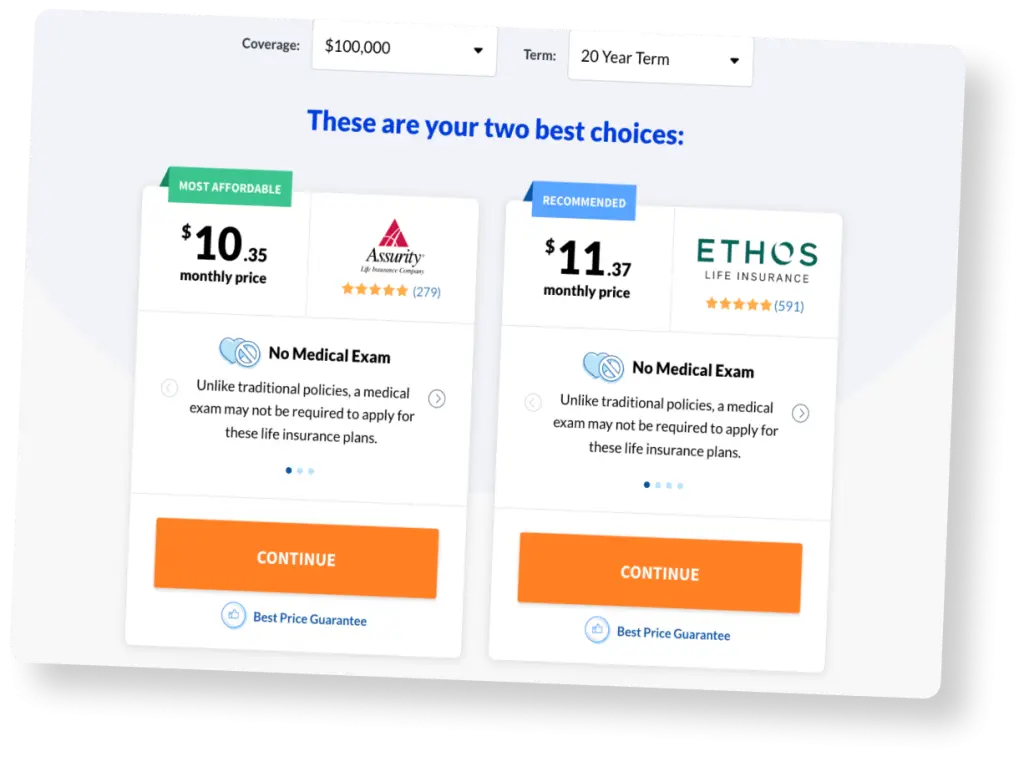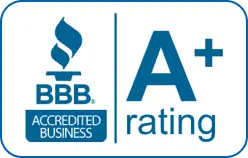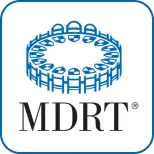Intelligently planned business buy/sell agreements cover the contingencies of voluntary withdrawal, death or the disablement of a business owner. In the case of voluntary withdrawal, the buyout process is usually detailed in the buy/sell agreement. If it is not, then the matter has to be negotiated at the time of the withdrawal. It is also not uncommon for this buyout trigger to be structured as an installment.
Death is certain, but the time of death is uncertain. Therefore, it could happen while the agreement is in force and has to be contemplated. The solution to the funding of the buy-sell agreement is simple with the purchase of life insurance on the parties to the agreement. A lump-sum settlement is the usual funding design.
Disability presents different considerations. Typically, the disability provisions of a buy-sell agreement contain an elimination period of 12 months or longer. This gives the disabled person time to recover and return to work without being forced to prematurely sell his/her business interest. Once the elimination period (or trigger date) has been completed, the funding by disability insurance can be handled in one of three ways: an installment, lump sum, or down payment followed by monthly installments.
The installment sales basis is frequently chosen as the plan design for disability funding of a buy/sell agreement. There are some disadvantages to this design, which should be weighed carefully. Among them is the requirement that a reasonable interest rate must be charged on any installment sale. If interest is not charged, the IRS will impute a compound rate of interest commensurate with the current top rates charged by banks. The recipient of the interest will be required to declare this as taxable income.
Disability buyout plans typically pay an amount equal to the principal payment, but not the interest. Simple interest of 6 percent on a million dollars is $60,000 per year, which is uninsured and requires cash to cover the cost.
A lump-sum benefit eliminates the interest cost. An additional advantage of the lump-sum benefit is that it eliminates the need to continue life insurance on the disabled business owner. The monthly benefit installment purchase option needs ongoing life insurance to protect against the disabled owner dying during the buyout period, stopping the flow of monthly disability benefits.
If the seller wants to be paid on an installment buyout basis, the lump-sum benefit can be paid to a trustee to hold, and then release the funds on an installment basis. This eliminates the tax on interest received and the need for continuing the life insurance.
trusted by 5,000+ clients
Compare Business Planning Rates
See rates and benefits tailored to your business needs.
Other factors to consider with Buy Sell Agreements
Recovery — Installment buyout policies may not guarantee continuation of monthly benefits should the insured recover. Because the buy-sell agreement is usually binding and final on the trigger date, this could leave the purchaser with the obligation to pay for his acquired share, but no funds would be available to make the payments if the disabled partner recovers.
Death — Installment buyout policies will typically not continue the benefit payments if the insured dies within the installment period. This means that the life insurance policy purchased to fund the death portion of the buy-sell agreement cannot be transferred to the disabled owner or dropped until the end of the installment period, because the death benefit will be needed to complete the transaction in the event of death during the buyout period.
With the lump-sum plan, the life insurance policy can be transferred or dropped. This approach allows the disabled business owner to receive a fair market value for the business, and the buyer(s) may transfer or drop the life insurance policy that was put in force to provide buy-sell funding in the event of death.
















